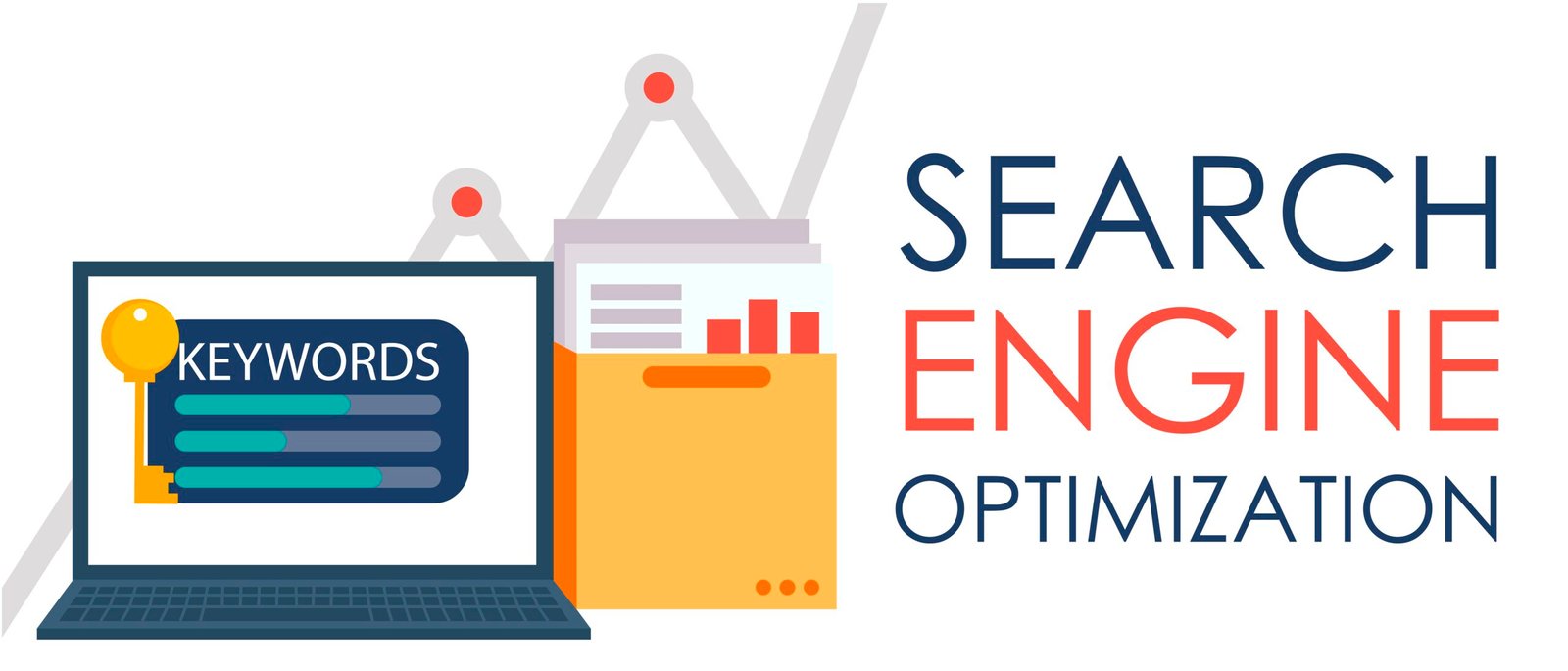How to Optimize Your WordPress Website for SEO in 2025 (Full Guide)
Search Engine Optimization (SEO) keeps evolving — but it remains the single most reliable channel for sustainable traffic. This guide focuses on modern, practical SEO for WordPress sites in 2025: speed, mobile-first, technical SEO, content strategy, plugins, and an actionable checklist.

Why SEO Still Matters in 2025
Even with AI-driven discovery and app ecosystems, most digital journeys still start with search. SEO remains the foundation of organic visibility: high-intent traffic, cost efficiency over time, and compounding returns. For WordPress sites, proper SEO setup can turn content into a long-term asset that attracts customers 24/7.
Core Web Vitals & Speed Optimization
Google’s Core Web Vitals — LCP (Largest Contentful Paint), FID/INP (interactivity), and CLS (visual stability) — are central to UX and ranking signals. Practical steps for WordPress:
- Choose a lightweight, well-coded theme that supports Elementor without adding bloat.
- Limit heavy plugins; evaluate plugin performance before enabling.
- Use caching (e.g., WP Rocket, W3 Total Cache) + server-side caching when possible.
- Serve images in WebP/AVIF and use responsive srcset to avoid oversized images on mobile.
- Use a CDN (Cloudflare, BunnyCDN) and enable HTTP/2 or HTTP/3 on the host.
- Defer non-critical JavaScript and load critical CSS inline for above-the-fold content.
Mobile-First Indexing
Google indexes the mobile version first, so mobile UX is not optional. Ensure:
- Responsive layouts via Elementor’s responsive settings — test each breakpoint.
- Touch-friendly buttons and readable font sizes on small screens.
- Fast mobile load by prioritizing critical assets and lazy-loading below-the-fold media.
On-Page SEO Techniques
On-page SEO controls how your pages communicate intent to search engines. Focus on:
- Titles & Meta Descriptions: Keep titles concise (50–60 chars), craft compelling meta descriptions that improve CTR, and include primary keywords naturally.
- Clean Permalinks: Use short, descriptive slugs (e.g., /seo-guide-2025).
- Headings Structure: H1 for title, H2/H3 for subsections; include keywords in headings when it reads naturally.
- Internal Linking: Link to related pages and cornerstone content to distribute authority and help crawlers discover pages.
- Image Alt Text: Describe images concisely and include keywords when relevant (but avoid stuffing).
Content Strategy & AI Tools
High-quality content still wins. In 2025, combine human expertise with AI to scale and optimize:
- Use tools like SurferSEO, Frase, or Rank Math’s AI features to find content gaps and structure outlines.
- Aim for depth: long-form content (1,500+ words) on pillar topics, supported by shorter posts and FAQs.
- Maintain E-E-A-T (Experience, Expertise, Authoritativeness, Trustworthiness) — show author bios, citations, and real examples.
- Refresh top-performing posts periodically (dates, new data, updated examples) to keep them relevant.
Technical SEO Essentials
Technical health ensures crawlability and indexability:
- Implement structured data (schema) for Articles, FAQs, Products, Breadcrumbs, and Reviews to improve SERP features.
- Generate an XML sitemap and submit it via Google Search Console. Plugins like Rank Math and Yoast manage sitemaps automatically.
- Use a robots.txt to block private areas and avoid accidental deindexing of important pages.
- Ensure canonical tags are present to prevent duplicate content issues (especially for WooCommerce filters and pagination).
- Monitor crawl errors and coverage issues in Google Search Console and fix them promptly.
Off-Page SEO & Link Building
Backlinks remain a strong relevance signal, but focus on quality and relevance:
- Guest post on authoritative niche sites and include useful resources rather than promotional blurbs.
- Create linkable assets — original research, case studies, industry reports, and visual assets (infographics).
- Leverage partnerships, local directories, and industry associations for relevant links.
- Use PR outreach and thought leadership content to earn mentions and links from trusted outlets.
Local SEO (If You Serve Local Customers)
Local search drives footfall and calls for physical businesses:
- Claim and optimize your Google Business Profile; keep NAP (Name, Address, Phone) consistent across directories.
- Use localized landing pages and schema (LocalBusiness) for multiple locations.
- Encourage and respond to customer reviews; reviews are a conversion signal and influence local rankings.
Plugins & Tools — What to Use in 2025
Pick plugins that combine functionality with performance:
- Rank Math SEO — Powerful schema, modular approach, AI features in premium version.
- Yoast SEO — Mature, intuitive, good for teams starting with SEO.
- WP Rocket — Caching and performance optimizations (or your host’s built-in caching if robust).
- Imagify / ShortPixel — Image compression and WebP conversion.
- Schema Pro (or built-in Rank Math schema) — For advanced structured data needs.
- Monitoring & analytics: Google Search Console, Google Analytics 4, and a lightweight uptime / performance monitor.
Content & Outreach Playbook (Practical)
How to turn the theory above into action:
- Audit: Run a technical and content audit (Screaming Frog, Sitebulb, or plugins). Identify slow pages, duplicate titles, and low-quality thin pages.
- Prioritize: Fix Core Web Vitals issues, secure mobile performance, and resolve indexing problems.
- Pillar + Cluster: Build pillar pages for core topics and link related cluster posts back to them.
- Outreach: Use HARO, niche forums, and cold outreach to pitch link-worthy assets to editors.
- Measure & iterate: Track clicks, impressions, ranking movements, and user behavior. Iterate monthly.
SEO Technical Checklist (Quick)
- Fast hosting + CDN + HTTPS
- Core Web Vitals: LCP ≤ 2.5s, CLS < 0.1, INP/FID low
- Mobile-first responsive design
- Schema markup for content types
- XML sitemap & robots.txt in place
- Canonical tags & noindex thin pages
- Optimized images (WebP/AVIF) and lazy-loading
- High-quality backlinks & regular content updates
Conclusion
SEO in 2025 is about speed, trust, and useful content. WordPress provides the ecosystem — themes, plugins, and builders like Elementor — to execute modern SEO well. Focus on technical health, mobile experience, authoritative content, and sustainable link-building to grow organic traffic over time.